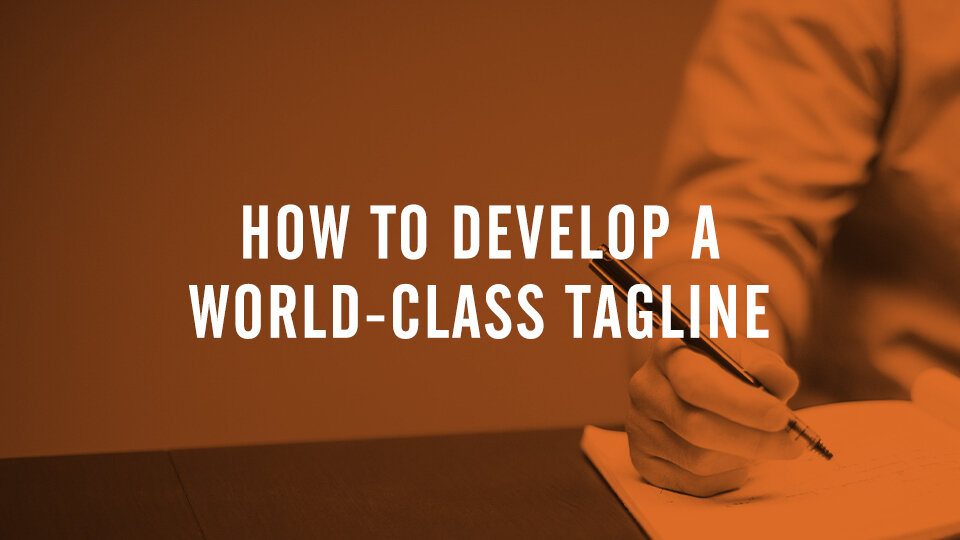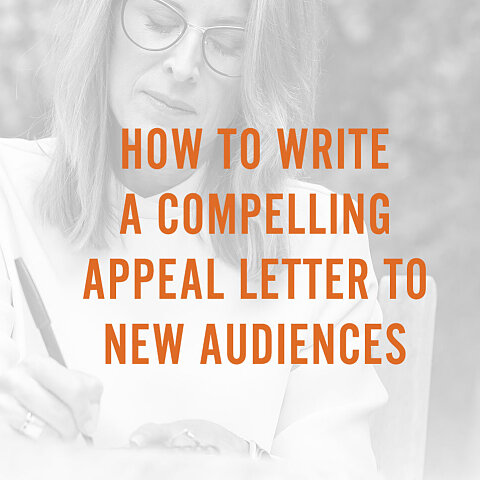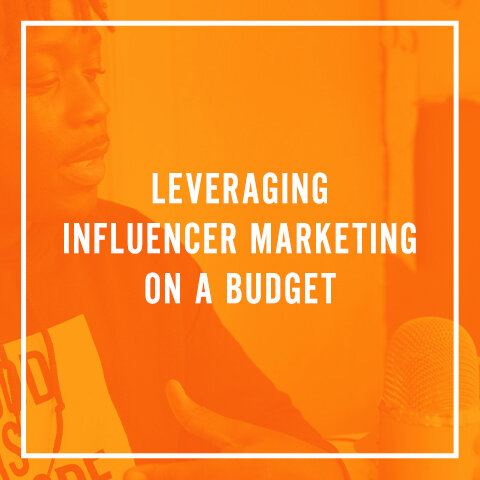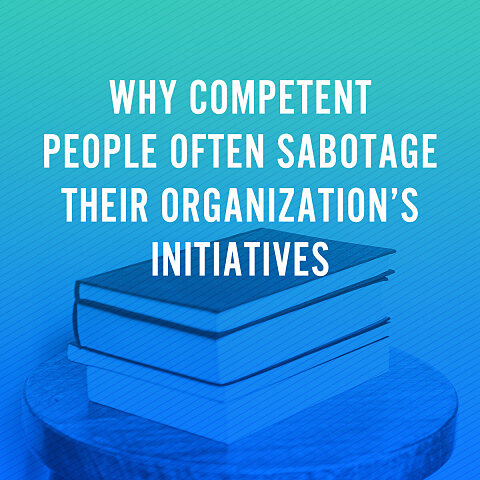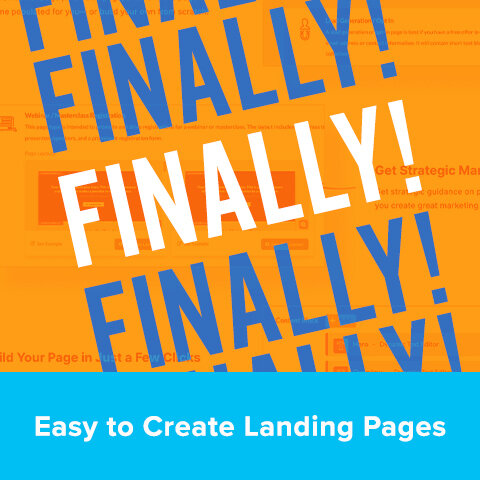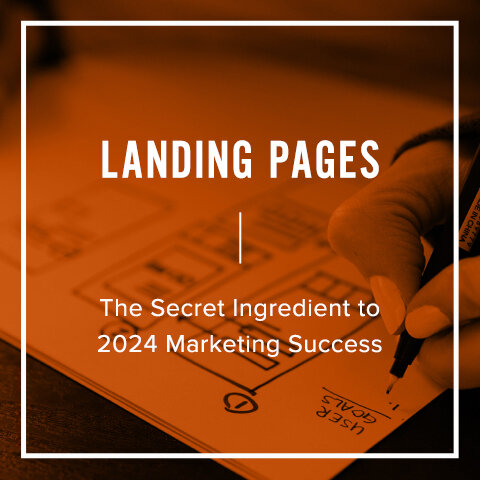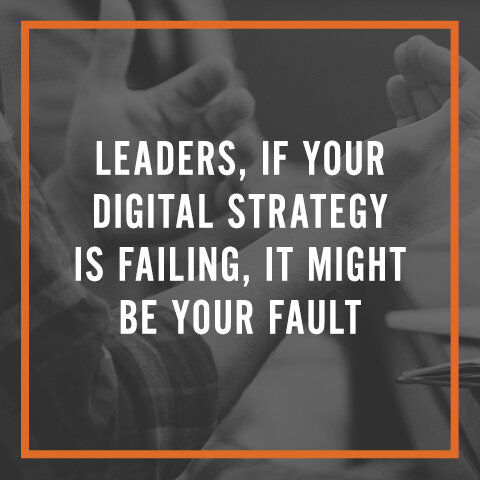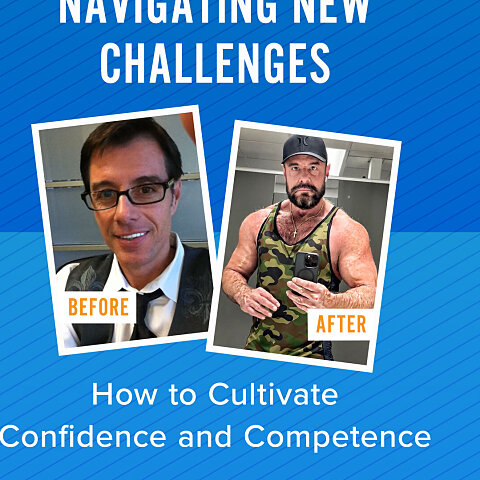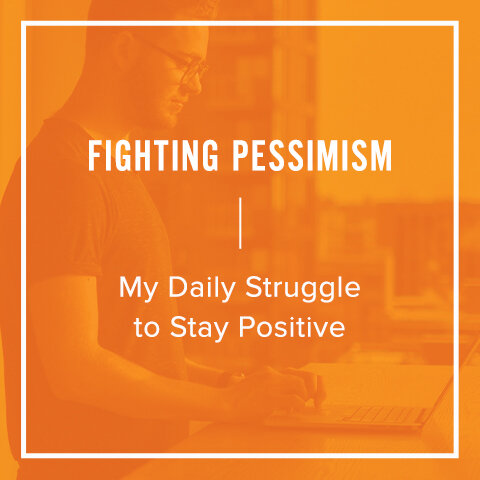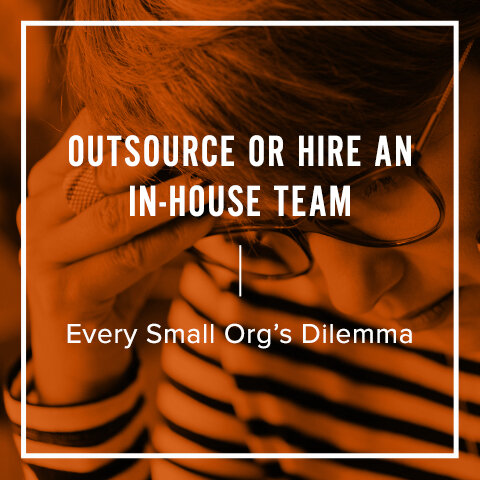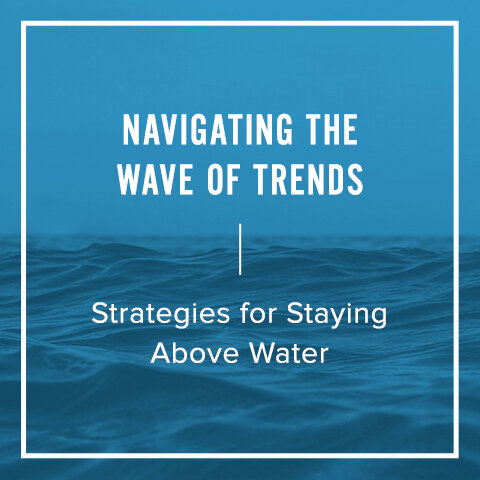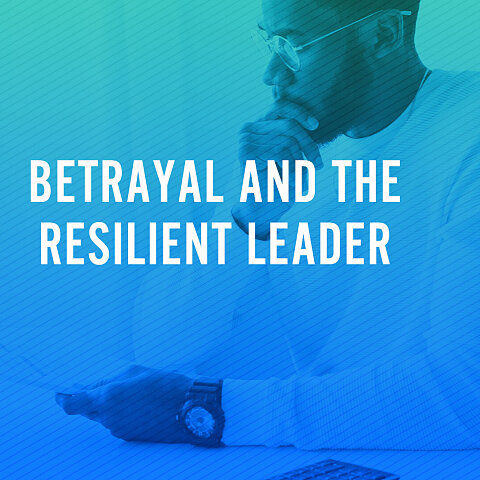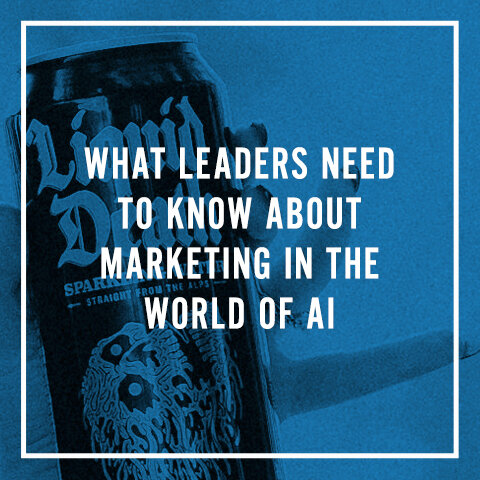How to Create a World-Class Tagline
By Maurilio Amorim
Your tagline is one of the most important parts of your brand identity. These are memorable and transferrable statements that usually accompany your logo. They tell your audience what you promise them. For that reason, a tagline is also called your “brand promise.” But how do you create a world-class tagline?
[Stick with me until the end. Lots of great info and I need your advice on a new project.]
Your tagline should be the essence of who you are and what you promise your audience. Here are some famous taglines or brand promises:
- GE - We Bring Good Things to Life.
- Nike - Just Do It.
- Apple - Think Different.
- L'Oreal - Because You're Worth It.
- M&Ms - Melts in Your Mouth, Not in Your Hands.
- De Beers - A Diamond is Forever.
- Wheaties - The Breakfast of Champions.
Let me urge you to fight the temptation to come up with a pithy statement without spending time in developing your brand positioning.
While you might come up with something clever, you might miss the mark and have to start the process over a few months from now because you failed to get the bigger essence of your brand.
This is a costly mistake.
How many more iterations of "Changing the World One X at a Time," where "X" can be just about anything, do we really need?
To avoid this pitfall, take time to think through your entire brand, including your brand positioning.
BRAND POSITIONING: Identifies why you do what you do as a brand, what you do, and how you do it (It's used internally but will ultimately be communicated to the target audience in your brand promise).
Brand positioning tells your audience:
• What you are or what you do
• The problem you solve for your audience and/or what you help your audience do
• The results your audience will experience as a result of their participation with you
The ultimate goal of brand positioning is to be able to create clear, concise statements that quickly communicate the most important elements of what you do to your audience in a way that helps them understand who you are and the value you offer them (brand messaging). Unlike marketing copy, which informs, educates and sells, brand messaging is about qualifying the brand, making a value promise and communicating what the audience needs to understand to say, "I get it. Now tell me more."
There is a key difference between a brand's mission and brand positioning:
• THE MISSION = ABOUT THE COMPANY. It is purpose-driven, often aspirational and used to guide and inspire the internal team at the company.
• THE BRAND POSITIONING = ABOUT THE CONSUMER. It is externally focused and about the value the brand offers its audience. While the brand's purpose is still part of this, the focus is on the problems the brand solves for its customers and the unique value it offers. It is often more practical than the mission.
Looking at your brand through this framework can help you define who you are, strategically organize your messaging and understand the most essential elements to communicate to your audience. I call it the WHY, WHAT, HOW framework.
WHY
This is your brand's purpose and is most closely aligned with your mission.
Your "why" should not change often (if it does change, it often changes the entire brand). The "why" usually speaks to the results or feelings the customer will experience by interacting with your brand.
Examples of "why" might be:
- Our mission is to eradicate world hunger.
- We provide affordable health care to expecting mothers.
- Our goal is to have Scriptures translated into every language.
WHAT
The "What" is practically what you offer your audience.
This is usually the most important element for the consumer to understand initially. When you are building a brand with multiple products, experiences or services the "what" needs to communicate a common thread that connects them all.
Examples of "What" might be:
- An international food supply chain
- A deeply discounted membership card to a network of health care providers
- An elegant trash can that is also a composting bin
- A commercial kitchen that serves the homeless
HOW
The "How" describes the tangible ways you deliver your value promise to your target audience.
This can include products, services, programs, or even approaches. The "how" does not always make it into your positioning statement, but an overview of it should appear in your elevator pitch or overview statement. Usually, the "how" is expanded upon in much more detail in marketing copy. The "how" can often change without changing the brand entirely.
Some examples of "How" are:
- We help foster parents by using local churches as resources.
- We work with government agencies to identify and enroll at-risk pregnant women.
- We recruit college students into our linguistics and translation program and embed them in oral communities.
Understanding the WHY, WHAT and HOW of your organization will give you a broader understanding of your promise and will help you craft messaging, including your tagline.
Now, I Need Your Advice!
I am working on a few guide ideas and I would like to get your input on what type of resource would be most helpful to YOU. CLICK HERE to answer a one-question survey.
Maurilio
P.S. It’s a true one-question survey and your advice would be very helpful to me. Click Here
